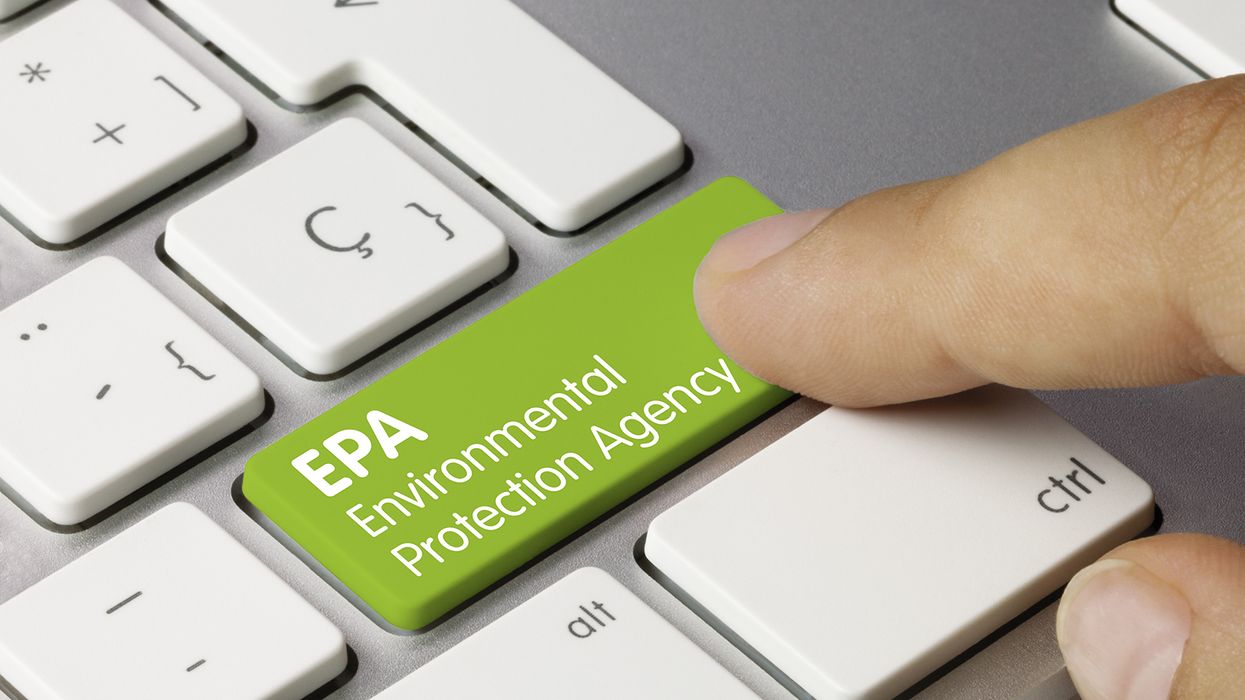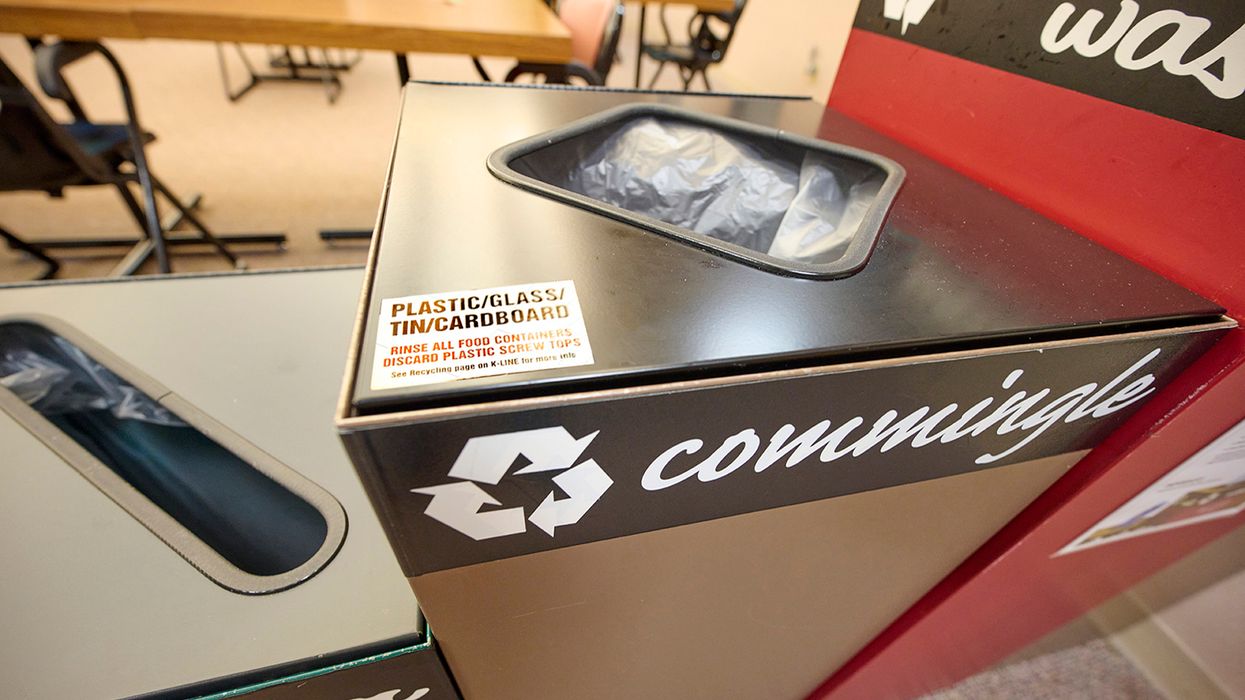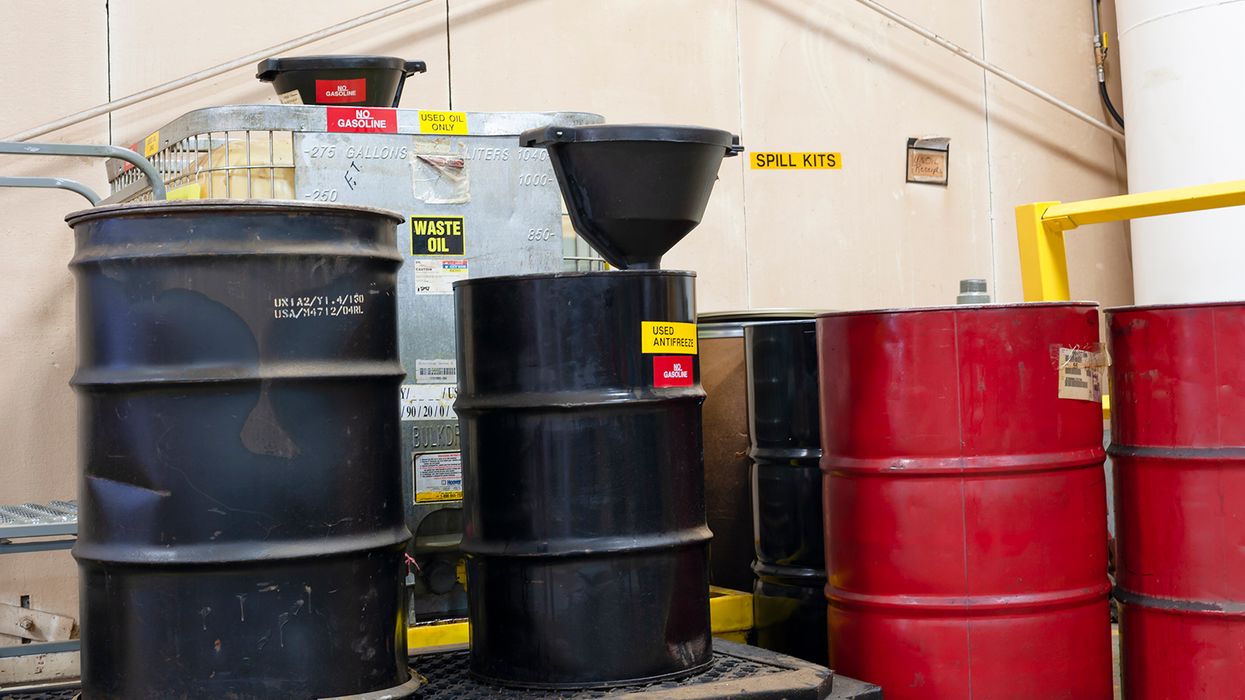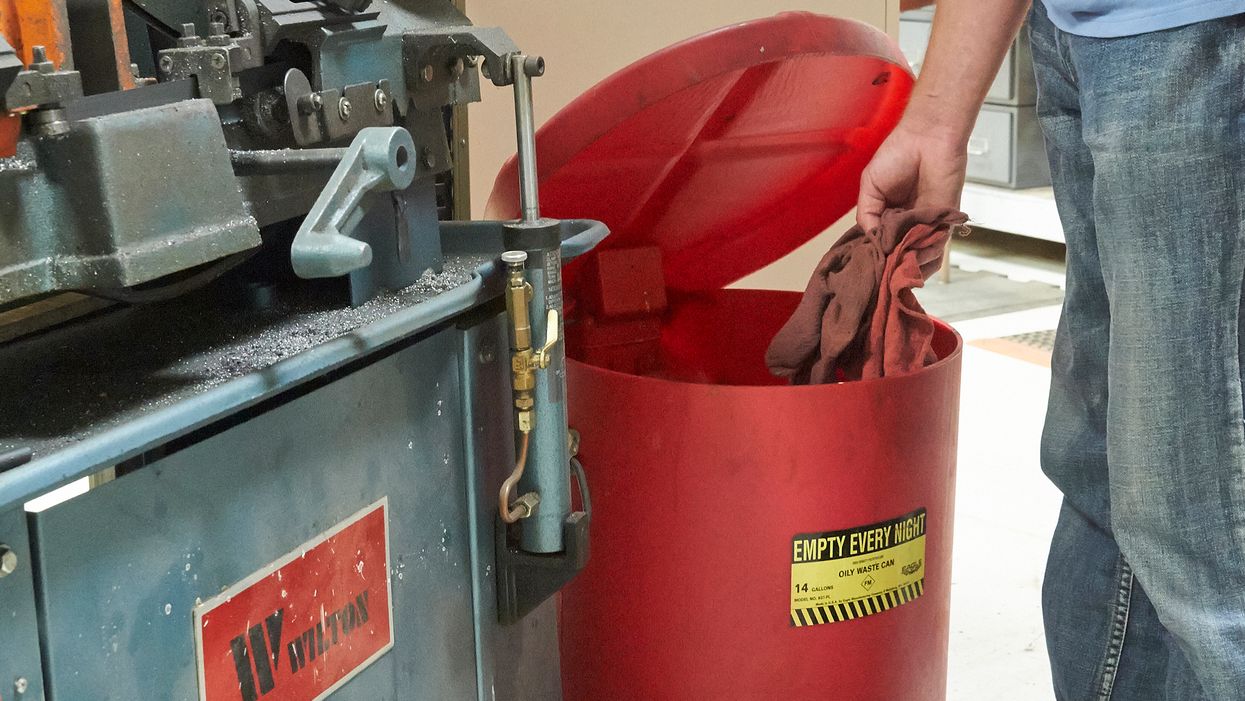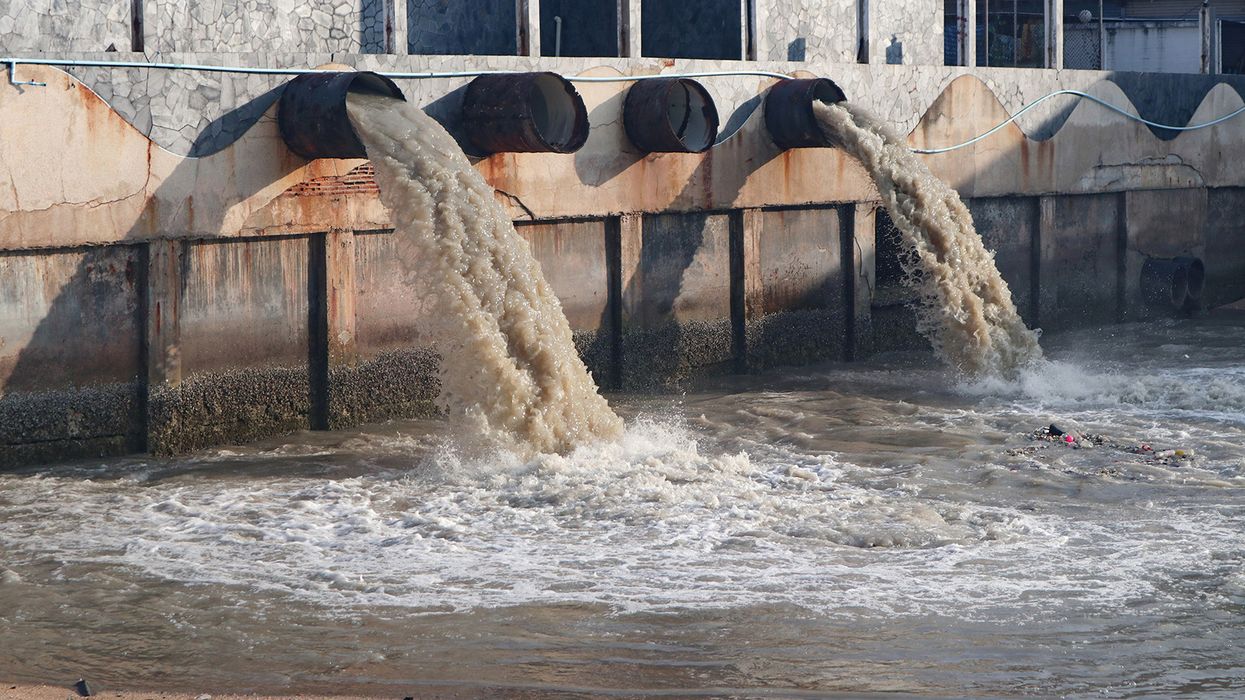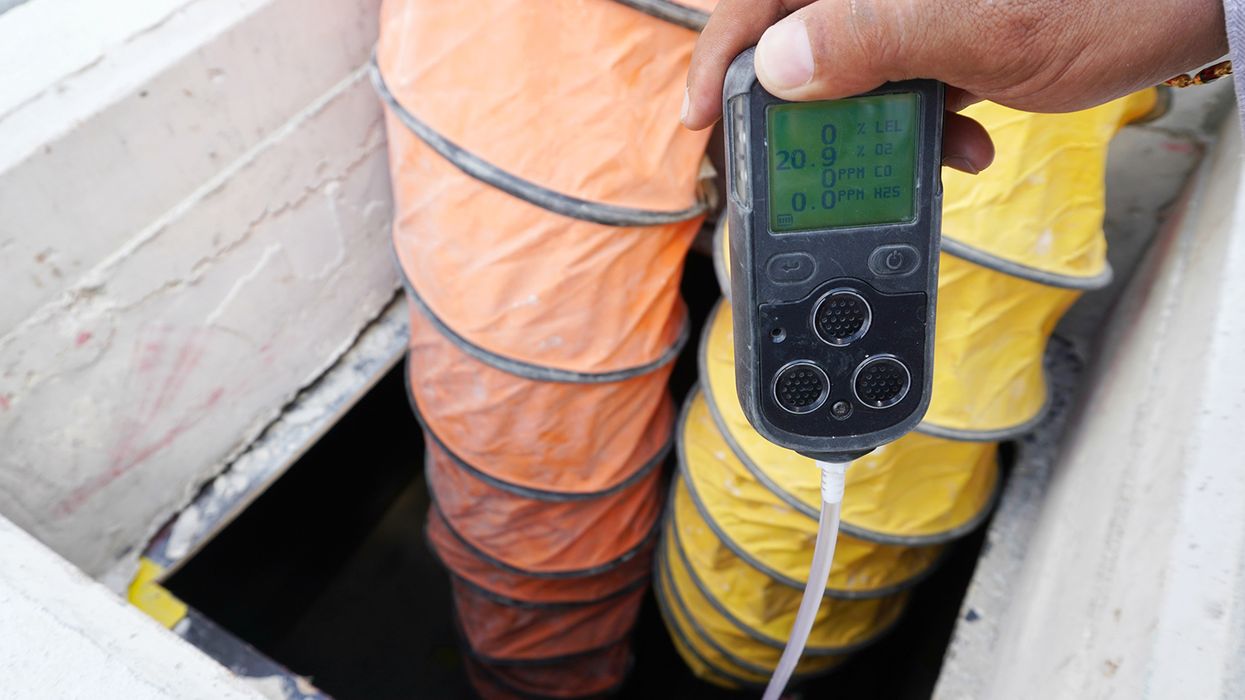The next 5: EPA's latest step in chemical risk evaluations
Are the chemicals in your home and workplace safe? The Environmental Protection Agency (EPA) is working to answer this question with the recent launch of risk evaluations for five chemicals under the Toxic Substances Control Act (TSCA):
- Acetaldehyde,
- Acrylonitrile,
- Benzenamine,
- 4,4’-methylene bis(2-chloroaniline) (MBOCA), and
- Vinyl chloride.
EPA selected the chemicals through a rigorous process (under TSCA section 6(b)(1)(A)) that considers potential hazards, exposure levels, and other relevant factors. A critical component of this process is the prioritization of chemicals for risk evaluation.
The prioritization process is the cornerstone of EPA's TSCA implementation. It ensures that the agency's resources are directed toward chemicals with the greatest potential to cause harm. This systematic approach allows the agency to efficiently evaluate a vast number of existing chemicals and make informed decisions about their safety.
Prioritizing existing chemicals under TSCA can include up to seven stages:
- Approach to prioritization EPA selects a prioritization approach that’s appropriate for the purposes of the evaluation.
- Candidate selection In this stage, EPA identifies potential candidates for prioritization using a variety of sources, including industry reports, scientific studies, and public input.
- Initiation Once the agency selects a candidate chemical, it initiates the prioritization process by gathering relevant information on the chemical's hazards, exposures, and potential risks.
- Screening review During this stage, EPA conducts a screening-level risk assessment to evaluate the potential risks of the chemical.
- Proposed designation Based on the screening review, the agency proposes a designation for the chemical as either high- or low-priority for further evaluation. Chemicals designated as High-Priority Substances enter the TSCA risk evaluation process.
- Final designation After considering public comments, EPA finalizes the chemical’s designation.
- Revision of designation EPA may revise the designation of a low-priority substance as high-priority if new information suggests that the chemical may present an unreasonable risk of injury to health or the environment.
Risk evaluation: Assessing unreasonable risks
Following prioritization, EPA immediately starts risk evaluations for chemicals designated as High-Priority Substances. The evaluations involve a comprehensive assessment of potential hazards, exposure pathways, and potential risks to human health and the environment. The goal is to determine whether a chemical presents an "unreasonable risk of injury to health or the environment."
If a risk evaluation identifies an unreasonable risk, EPA can take various regulatory actions under TSCA. These actions may include restrictions on the use, manufacture, or distribution of the chemical. The agency tailors the regulatory approach to the unique characteristics and risks of each chemical.
Key to remember: EPA recently announced the initiation of risk evaluations for five chemicals under TSCA. The chemicals were selected through a rigorous prioritization process that considers potential hazards, exposure levels, and other relevant factors.























